Science News

Rocky Planet Around a White Dwarf Resembles Earth — 8 Billion Years From Now
Maunakea, Hawaiʻi – The discovery of an Earth-like planet 4,000 light years away in the Milky Way galaxy provides a …

Gargantuan Black Hole Jets Are Biggest Seen Yet
Maunakea, Hawaiʻi – Astronomers have spotted the biggest pair of black hole jets ever seen, spanning 23 million light-years in …

Tracking a Lone Star Speeding Across the Milky Way
Maunakea and Haleakalā, Hawaiʻi – It may seem like the Sun is stationary while the planets in its orbit are …

Sun-Like Stars Found Orbiting Hidden Companions
Maunakea, Hawaiʻi – Most stars in our universe come in pairs. While our own Sun is a loner, many stars …

Dark Matter Flies Ahead of Normal Matter in Mega Galaxy Cluster Collision
Maunakea, Hawaiʻi – Astronomers have untangled a messy collision between two massive clusters of galaxies in which the clusters’ vast …
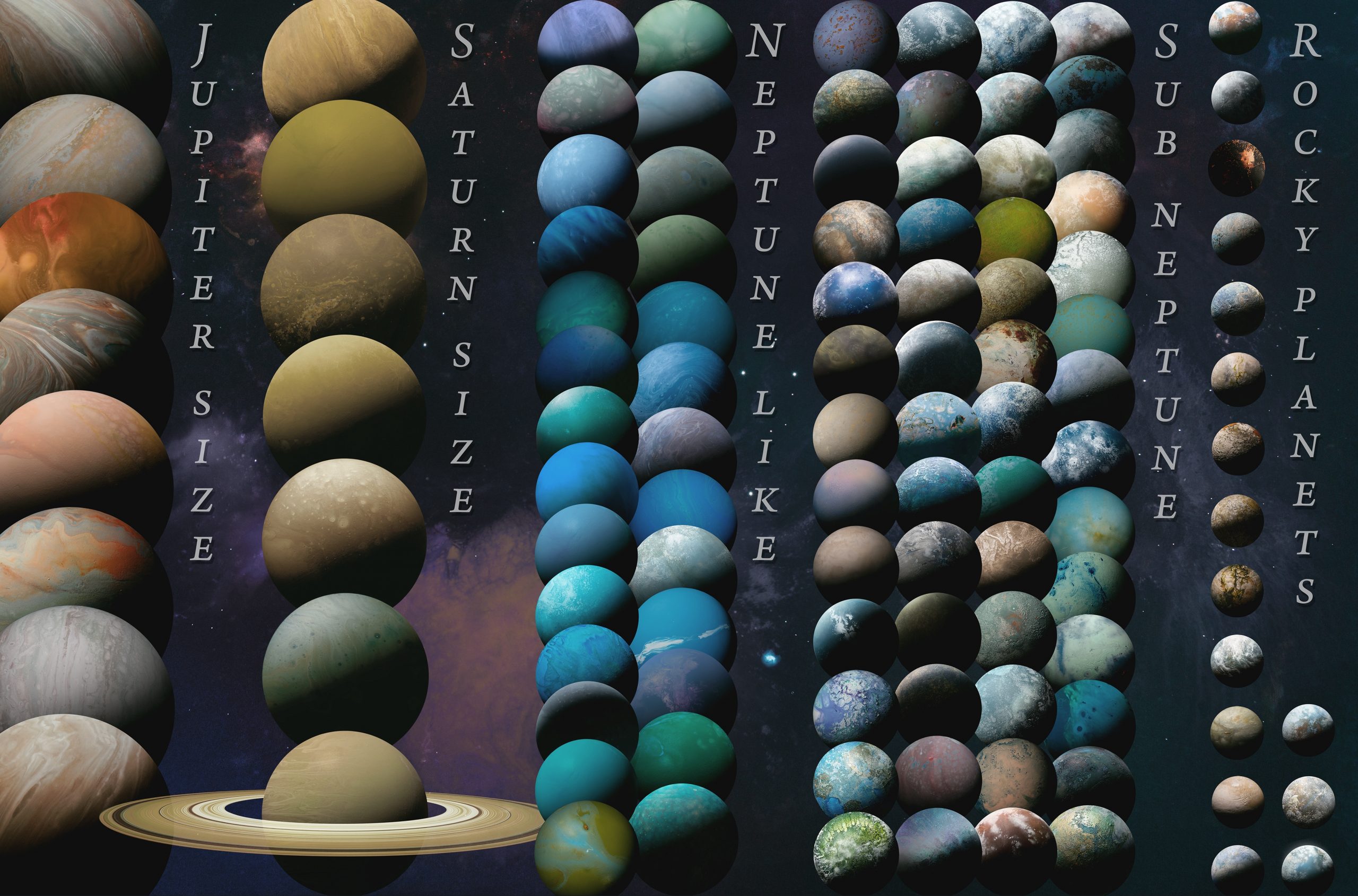
New Catalog Showcases a Diverse Exoplanet Landscape with Strange, Exotic Worlds
A new, robust catalog is out featuring 126 confirmed and candidate exoplanets discovered with the National Aeronautics and Space Administration …
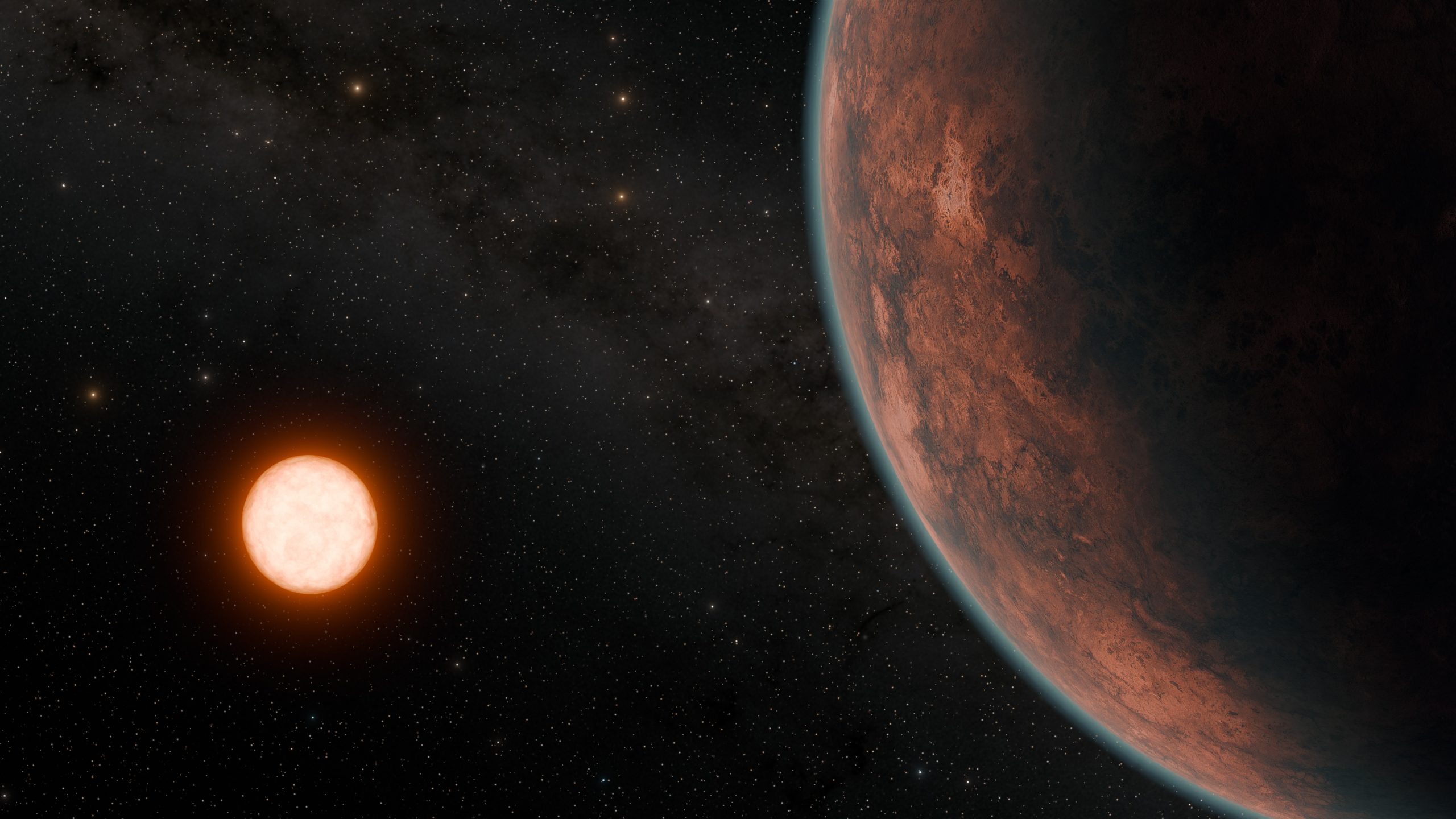
Earth Twin or Evil Twin
Maunakea, Hawaiʻi – The discovery of a planet similar in size to Venus that’s orbiting a star in the neighborhood …
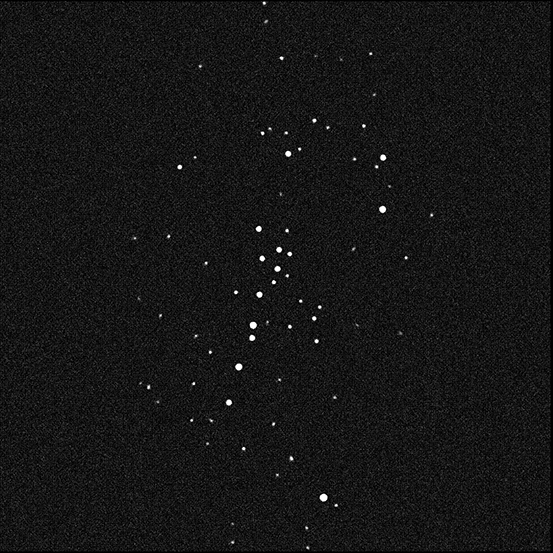
Faintest Known Star System Orbiting the Milky Way Discovered from Hawaiʻi
Maunakea, Hawaiʻi – A team of astronomers led by the University of Victoria and Yale University has detected an ancient …
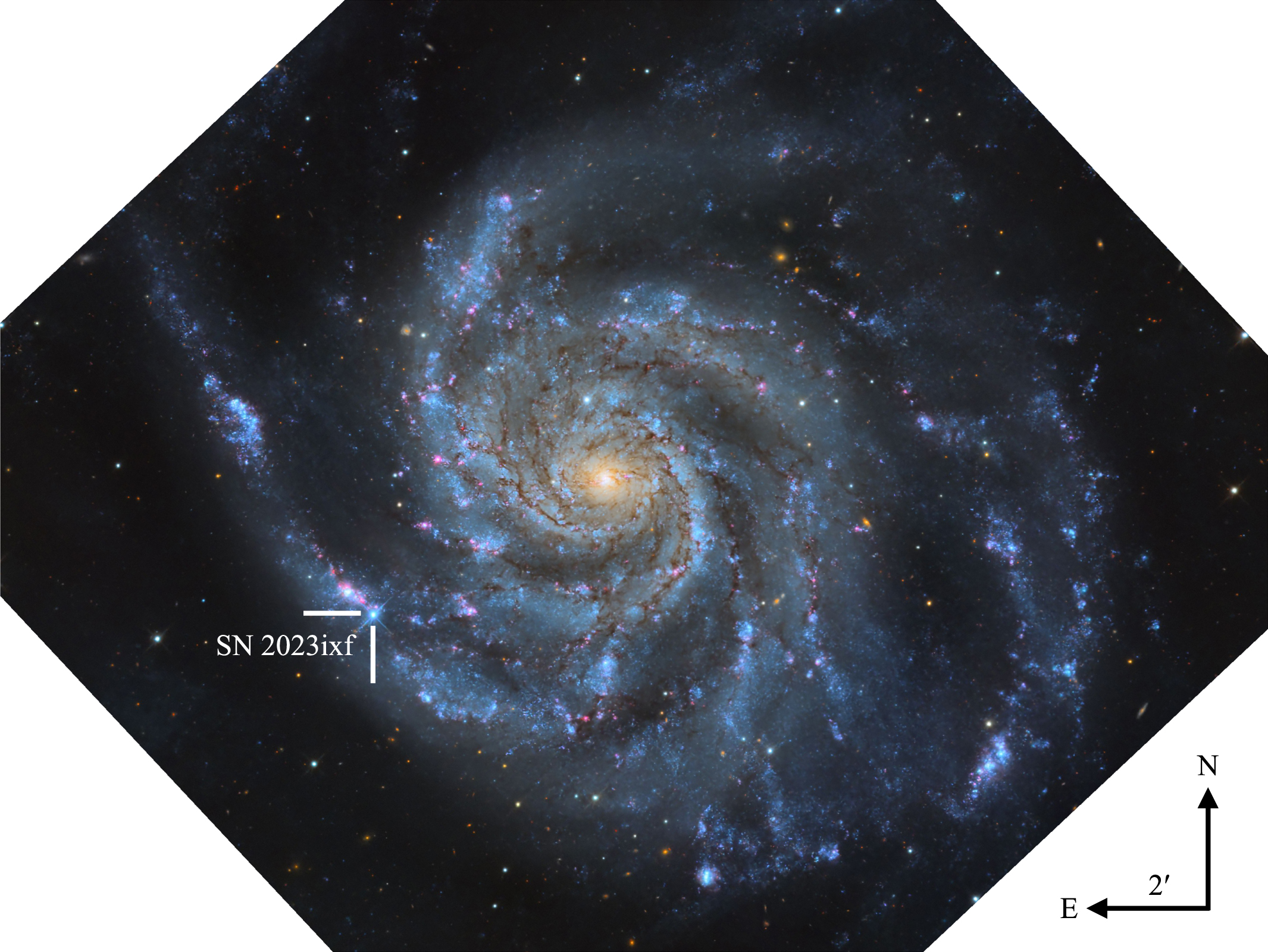
A Hundred Million Suns
Maunakea, Hawaiʻi – Accounts of supernovae – exploding stars – go back thousands of years, and while we know today …
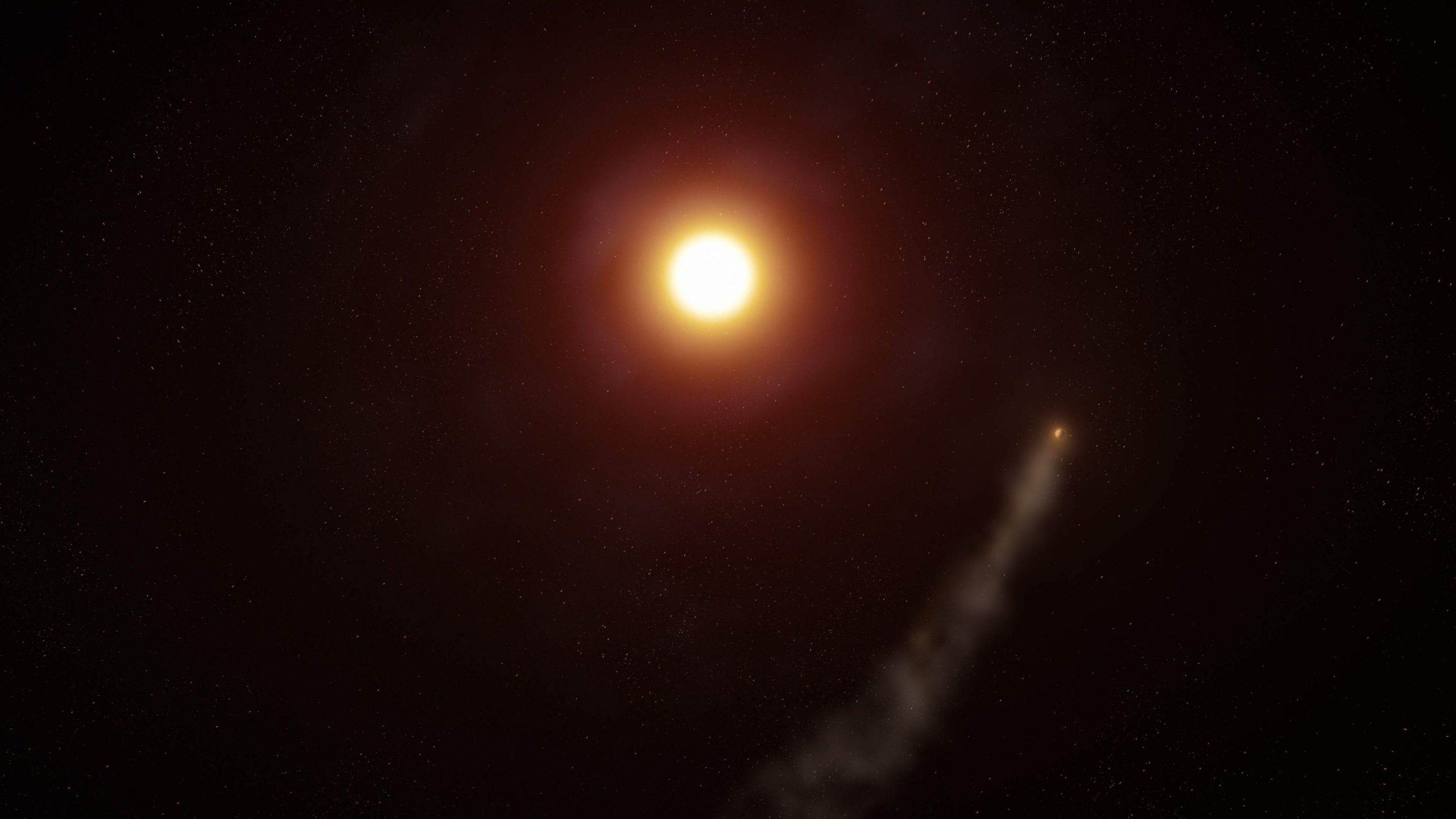
WASP-69b: New Images Reveal Exoplanet’s Comet-Like Tail is Surprisingly Longer Than Previously Observed
Maunakea, Hawai‘i – New data from W. M. Keck Observatory on Maunakea, Hawaiʻi Island confirms exoplanet WASP-69b, known for its …
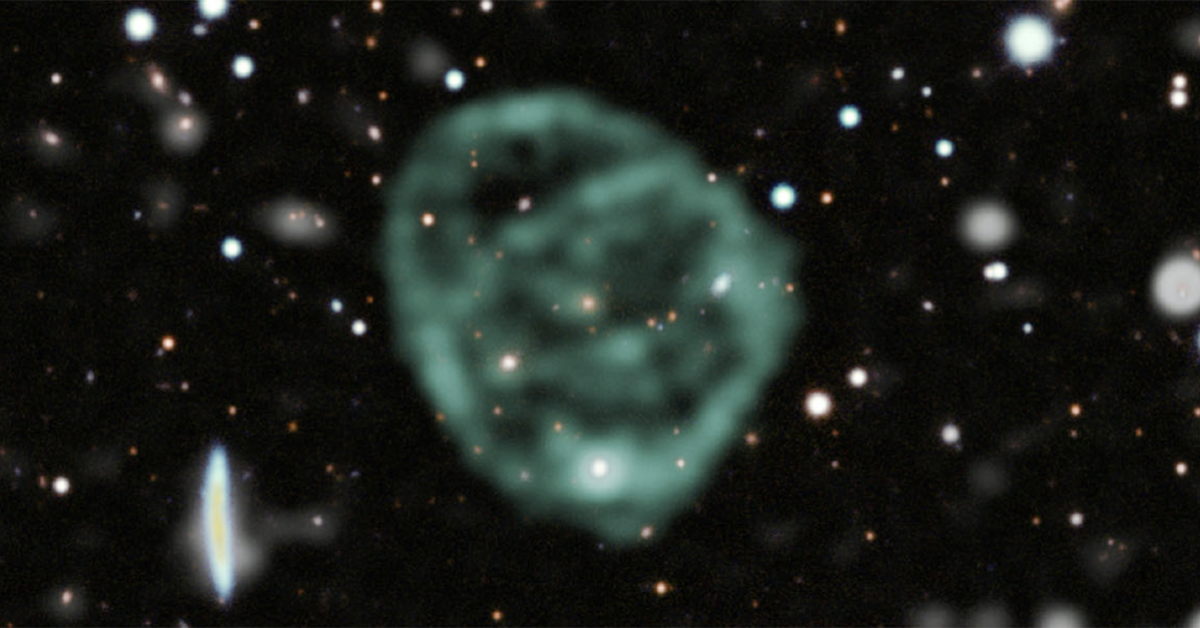
Space Oddity: Uncovering the Origin of the Universe’s Rare Radio Circles
Written by Michelle Franklin, APRDirector of Communications, Physical Sciences at University of California, San Diego Maunakea, Hawai‘i– It’s not every …
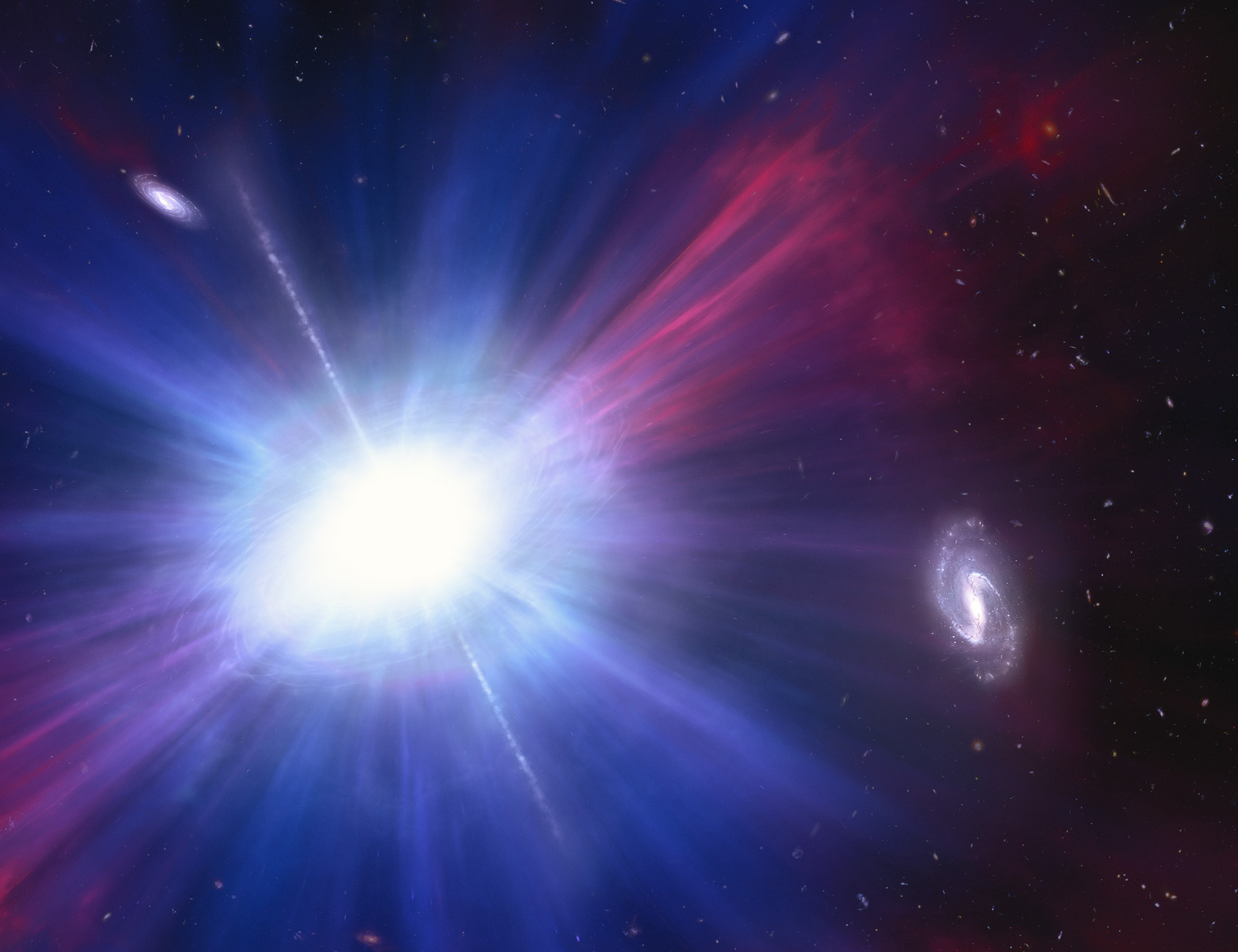
Strange New Luminous Fast Blue Optical Transient has Astronomers in Awe
Maunakea, Hawai‘i – Astronomers are baffled by a series of strange, extremely bright repetitive flares that lasted for months – …

